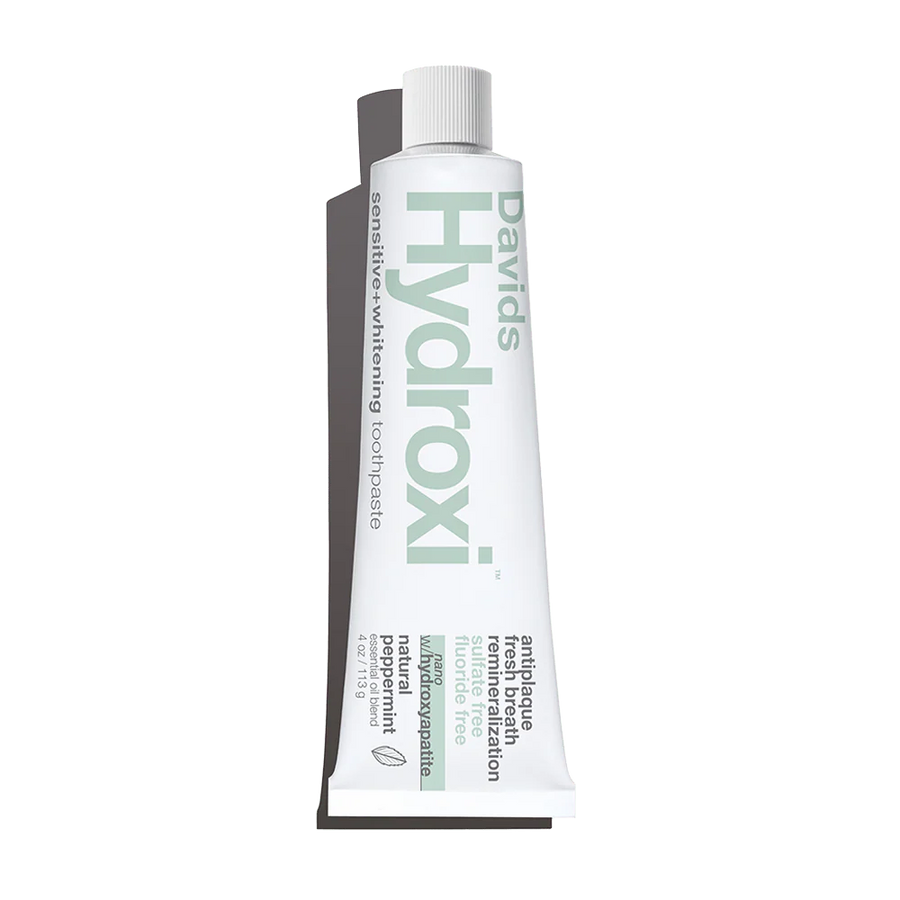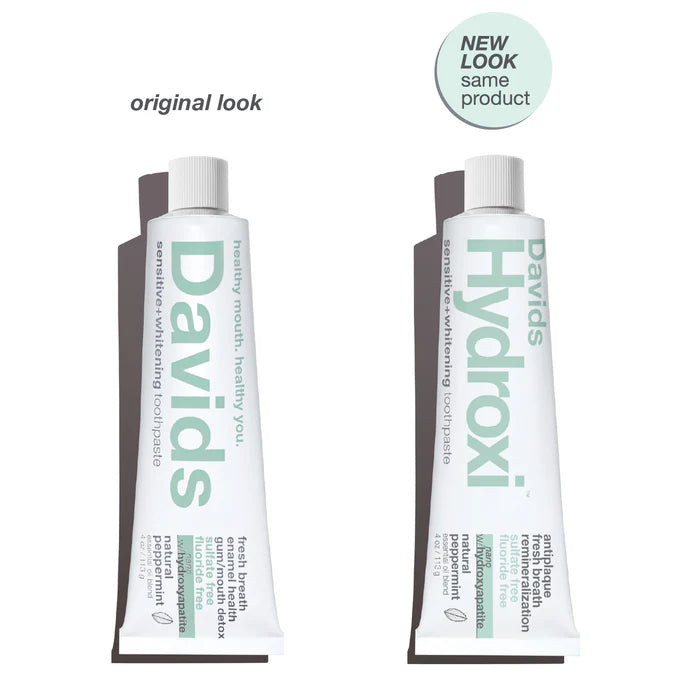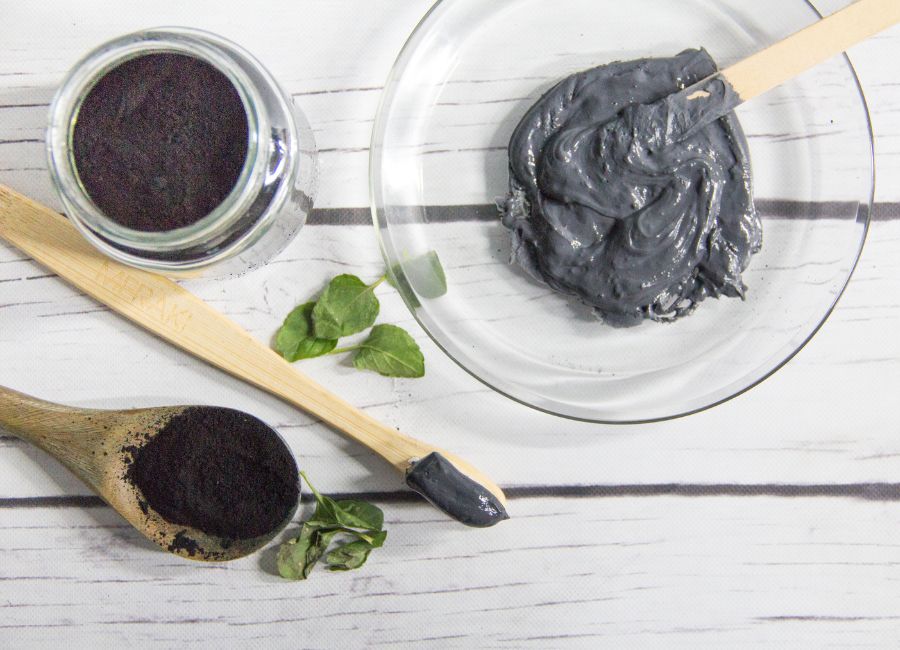Ingredients to Avoid in Toothpaste: What You Need to Know for a Healthier Smile

Navigating the toothpaste aisle can be a daunting task, especially when you're faced with a plethora of options, each promising to deliver a brighter smile, healthier gums, or whiter teeth. But while advancements in dental care have given us better formulations, not all ingredients found in modern toothpastes are viewed as beneficial—or even safe—for long-term use.
In this comprehensive guide, we'll explore some of the ingredients that you may look to avoid in your toothpaste.
Triclosan
Initially introduced for its antibacterial properties, Triclosan has found its way into various personal care products, including toothpaste. However, concerns about its potential link to hormone disruption and antibiotic resistance have led to increasing scrutiny. In 2016, the FDA banned Triclosan from hand soaps, but it can still be found in some toothpastes. For those aiming to avoid possible endocrine disruptors, toothpastes without Triclosan are a better choice.
Sodium Lauryl Sulfate (SLS)
SLS is a foaming agent used in a variety of cleaning products, from laundry detergents to toothpaste. Although it is effective at breaking up dental plaque, it is known to irritate the skin and mucous membranes and may contribute to canker sores. If you have sensitive skin or are prone to mouth ulcers, consider looking for SLS-free toothpaste options.
Artificial Sweeteners and Colours
Sorbitol, saccharin, and aspartame are commonly used in toothpaste to improve its taste. Although these sweeteners are generally considered safe for consumption, some individuals prefer to avoid artificial additives. Synthetic dyes like FD&C Blue 1, often used to make toothpaste more visually appealing, may lead to allergic reactions in sensitive individuals and have questionable long-term health impacts.
Propylene Glycol
Used as a moisture-retaining agent, propylene glycol is a synthetic organic compound that's also found in antifreeze. Although it's considered safe in small amounts, those who prefer a more natural approach may want to avoid toothpastes containing this chemical.
Diethanolamine (DEA)
DEA is another foaming agent that helps in the creamy consistency of the toothpaste. It is a potential hormone disruptor and has been linked to liver and kidney cancers in animal studies. The European Union has already limited the use of DEA in personal care products, and it could be worth avoiding in your toothpaste.
Microbeads
While they have mostly been phased out, some older or international formulations of toothpaste may still contain microbeads, tiny pieces of polyethylene plastic. Not only are these bad for the environment, but they can also get lodged in the gums, leading to bacterial growth and potential health issues.
Fluoride
While fluoride is celebrated for its ability to prevent tooth decay, it can also pose risks when ingested in large amounts, particularly for young children who may swallow toothpaste while brushing. High levels of fluoride can lead to dental fluorosis, a cosmetic issue affecting tooth enamel, and in extreme cases, skeletal fluorosis. Some people prefer to use fluoride-free toothpaste, especially for young children or those with fluoride sensitivities.
In conclusion, we live in a world where we're increasingly conscious of what we put into our bodies, knowing what to avoid in toothpaste can make a significant impact on our oral health and overall well-being.
Your smile is one of your most vital assets, and protecting it starts with understanding what's in your toothpaste.
Next time you find yourself pondering the options of toothpastes available, take a moment to read the ingredient list, and arm yourself with the knowledge to make an informed decision for a healthier, brighter smile.









